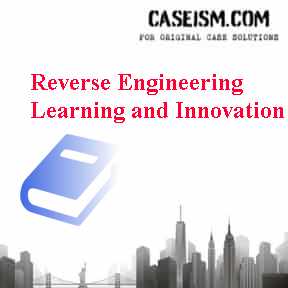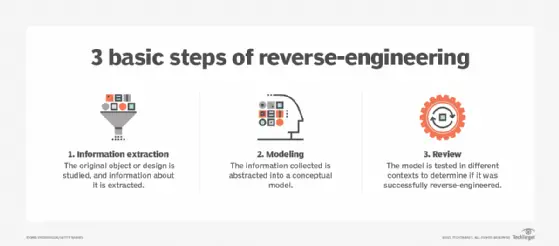Learning From Reverse Engineering: Educational Benefits

Reverse engineering is the process of taking a finished product and analyzing it to understand how it works. This can be done for a variety of reasons, including:

- To learn how the product was made
- To improve the product
- To create a new product
Reverse engineering can be a valuable educational experience. It can help students learn about:

- Engineering principles
- Product design
- Manufacturing processes
- Quality control
Benefits of Reverse Engineering in Education
There are several benefits to using reverse engineering in education. These include:
- Real-world relevance: Reverse engineering projects give students the opportunity to work on real-world problems. This can help them to appreciate the importance of engineering and to develop skills that are relevant to the workplace.
- Hands-on learning: Reverse engineering projects require students to use their hands and their minds. This can help them to learn about the physical world and to develop problem-solving skills.
- Creativity: Reverse engineering projects encourage students to think creatively and to come up with new ideas. This can help them to develop their creative thinking skills and to become more innovative.
- Problem-solving: Reverse engineering projects require students to solve problems. This can help them to develop their problem-solving skills and to become more confident in their ability to solve problems.
- Teamwork: Reverse engineering projects can be done individually or in teams. This can help students to learn how to work in a team and to develop their teamwork skills.
Educational Applications of Reverse Engineering
Reverse engineering can be used in a variety of educational settings. These include:
- K-12 education: Reverse engineering projects can be used to teach students about engineering, product design, and manufacturing processes.
- Higher education: Reverse engineering projects can be used to teach students about engineering principles, product design, and manufacturing processes.
- Vocational education: Reverse engineering projects can be used to teach students about the skills needed for a variety of jobs in the engineering and manufacturing industries.
- Corporate training: Reverse engineering projects can be used to train employees on new products or processes.
Reverse engineering is a valuable educational tool that can be used to teach students about a variety of topics. By providing students with the opportunity to work on real-world problems, reverse engineering projects can help students to learn about engineering, product design, and manufacturing processes. Reverse engineering projects can also help students to develop their problem-solving skills, creativity, and teamwork skills.

Sounds like a great way to learn about engineering. I’m definitely going to try this.
This is a waste of time. Reverse engineering is only useful for hackers.
I’m not sure I understand. Can you explain what reverse engineering is?
This article is biased. It only presents the benefits of reverse engineering. There are also some risks involved.
Ironic that you’re using reverse engineering to learn about engineering.
Oh, the irony! You’re using reverse engineering to learn about engineering. Ha!
ROFL! This is the funniest thing I’ve read all day.
LMFAO! This is hilarious.
This is a joke, right?